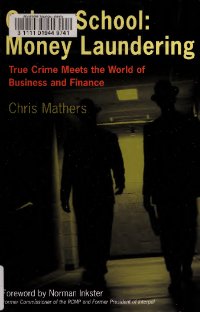By Michael Jensen, Elizabeth Yates and Sheehan Kane.
The Proud Boys were formed by Gavin McInnes, co-founder of Vice Media, in 2016 during the U.S. presidential election. Proud Boys consider themselves “Western chauvinists” who romanticize a traditional, male-dominated version of Western culture. While the Proud Boys vehemently deny adhering to a racist ideology, the organization is deeply rooted in white nationalism and misogyny. As of December 31, 2021, 83 Proud Boys members and sympathizers have allegedly carried out ideologically motivated crimes in the United States. This number includes 54 Proud Boys defendants who participated in the Capitol breach on January 6, 2021. Proud Boys defendants have come from 25 states and the District of Columbia, including 14 from Florida, 14 from New York, 7 from Washington, and 6 from Pennsylvania. Using auxiliary data from the Profiles of Individual Radicalization in the United States (PIRUS) project, these infographics provide information on the characteristics of U.S. Proud Boys defendants and their crimes.
College Park, MD: START, 2022. 3p.





















